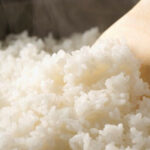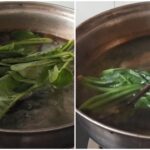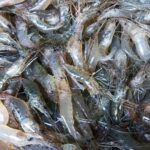This method of steaming crab and shrimp guarantees tender, sweet, and flavorful meat that is perfectly cooked and delicious.
Crab and shrimp are among the most popular types of seafood due to their delicious taste, sweet meat, and highly nutritious content. Those who love seafood will surely enjoy steamed crab or shrimp, along with the fun of peeling and dipping the meat in a spicy mustard sauce.
You can easily prepare this healthy and tasty dish at home. The process of steaming crab and shrimp is quite similar.
However, many people wonder why their steamed crab or shrimp turns out less than ideal, with issues like bland meat, falling claws or legs, and a strong fishy taste. Chefs believe that the main issue lies in using the wrong type of water for steaming.
So, should you use boiling or cold water for steaming crab and shrimp? Read on to find out the best technique.
First, soak the crab/shrimp in salted water. Scrub them multiple times with salt water to disinfect and ensure they cook up tender and tasty.
Then, use a toothbrush dipped in salted water to clean the crevices of the crab or shrimp. Pay special attention to the area under the triangular lid of the shrimp, as it can harbor dirt and bacteria.
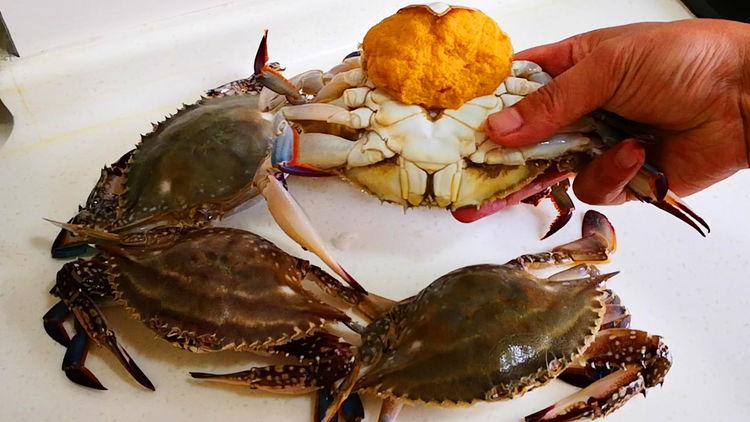
Second, use chopsticks to poke the eyes of the crab or shrimp and gently flip them over. This will induce a state of temporary paralysis, but rest assured that the meat will remain fresh and tasty.
Third, the most crucial point is the water used for steaming. Chefs recommend using cold water because it helps retain the nutrients and prevents a strong fishy odor.
If you use hot water (by boiling the water first and then pouring it into the steamer), the crab will not heat evenly, resulting in a stronger fishy smell. The crab’s juices will also leak out, causing the meat to become dry and crumbly, and increasing the likelihood of falling claws.
While steaming with hot water reduces cooking time, it also leads to a loss of nutrients. Therefore, it is best to use cold water for steaming crab (place the crab in the steamer from the start). This is a tip that many people are unaware of.
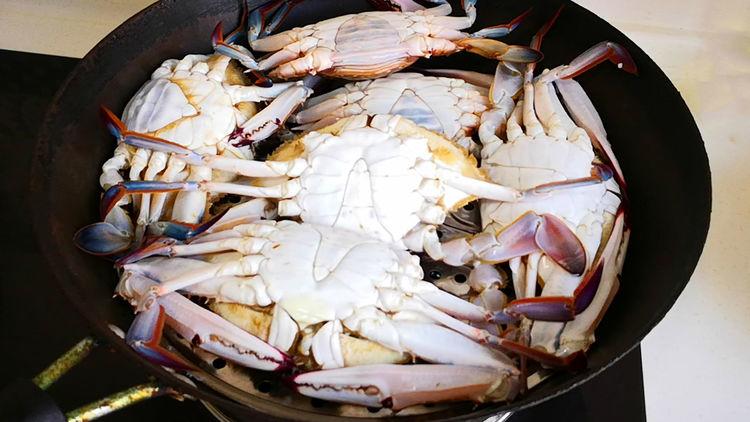
Fourth, another important factor that is often overlooked is the placement of the crab or shrimp during steaming. Typically, people tend to place the crab upside down in the steamer, with the shell facing upwards. However, this causes the sweet juices inside the crab to drain out.
So, what is the correct way to position crab or shrimp for steaming?
First, add some lemongrass and ginger to the steaming water for extra flavor. Then, place some lemongrass on the steaming rack and arrange the crab on top, but with the belly facing upwards and the shell downwards.
By positioning the belly upwards, the crab will cook more evenly, and the delicious juices will be retained. Add more lemongrass and ginger on top for extra flavor.
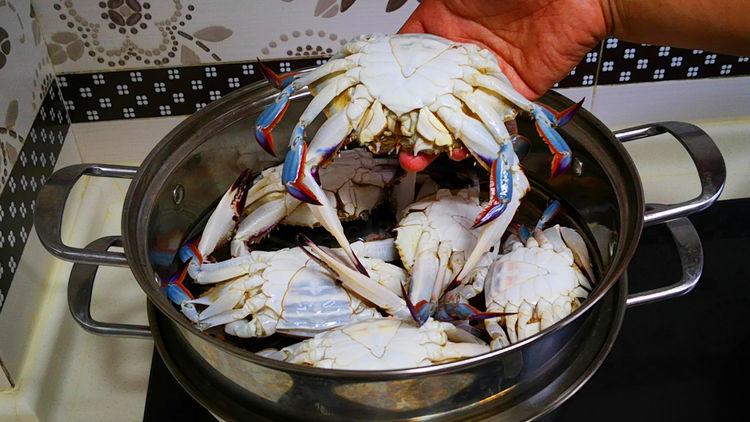
Additionally, do not remove the string tied around the crab’s body, as it helps restrict its movement and prevents the loss of legs and claws.
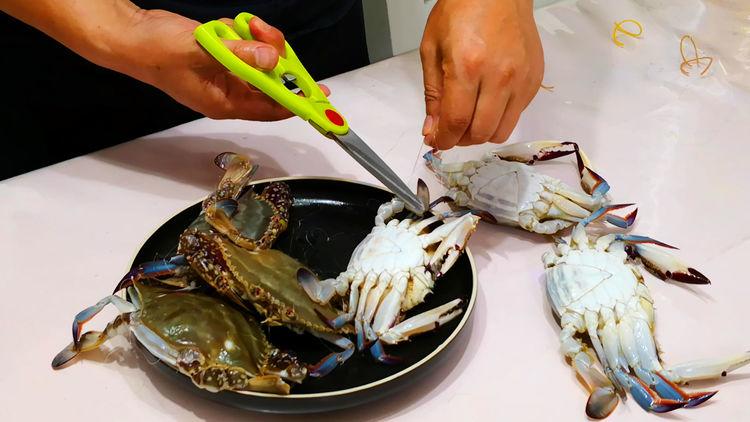
Once the crab or shrimp is cooked, simply enjoy it with a dipping sauce made from fish sauce, lime juice, chili, and mustard, or a seafood dipping sauce. This steaming method will result in tender, sweet, and flavorful meat that melts in your mouth.
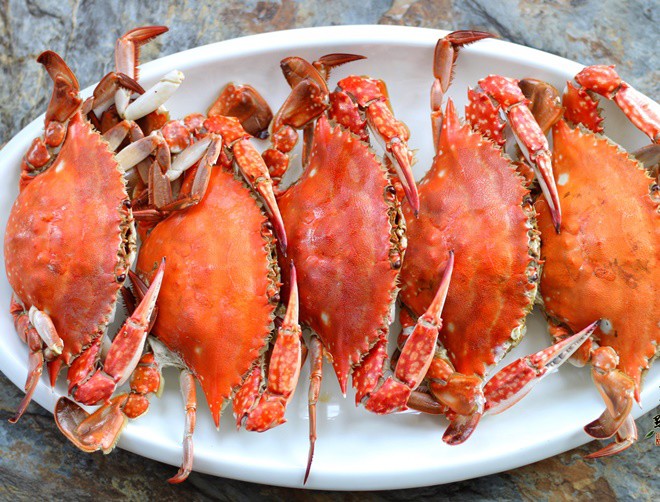
Happy cooking!
Source: Dan Viet
The Secret to Restoring Black Garments to Their Former Glory: A Kitchen Concoction
Are you tired of your faded black clothes looking dull and lifeless? It’s time to transform them back to their former glory with a simple kitchen ingredient! You may have heard of this handy hint, but if not, read on to discover how you can easily restore your faded black garments to their original condition.

























